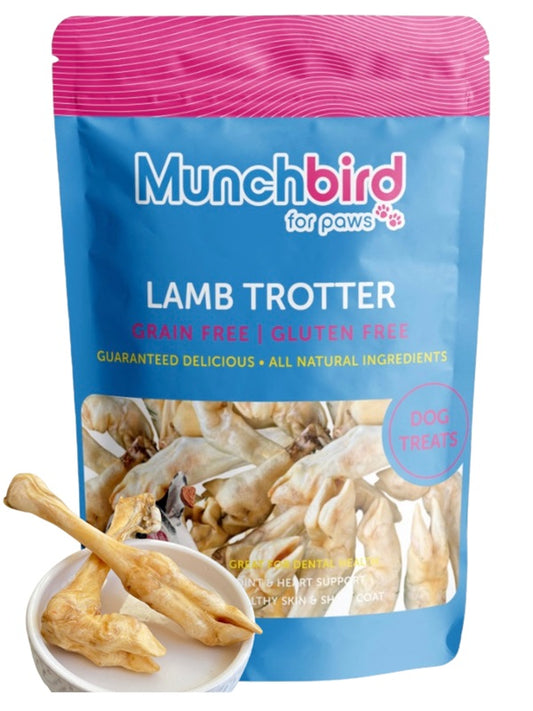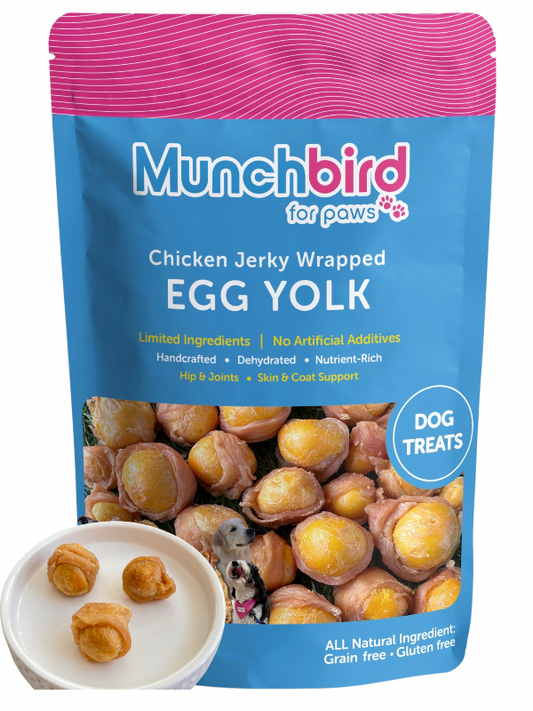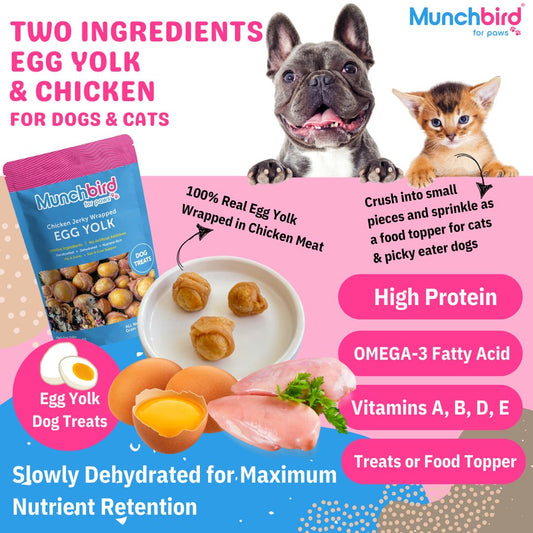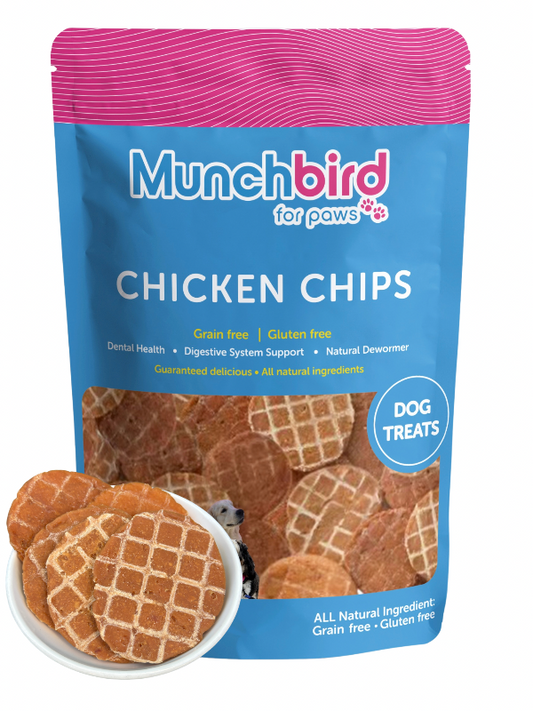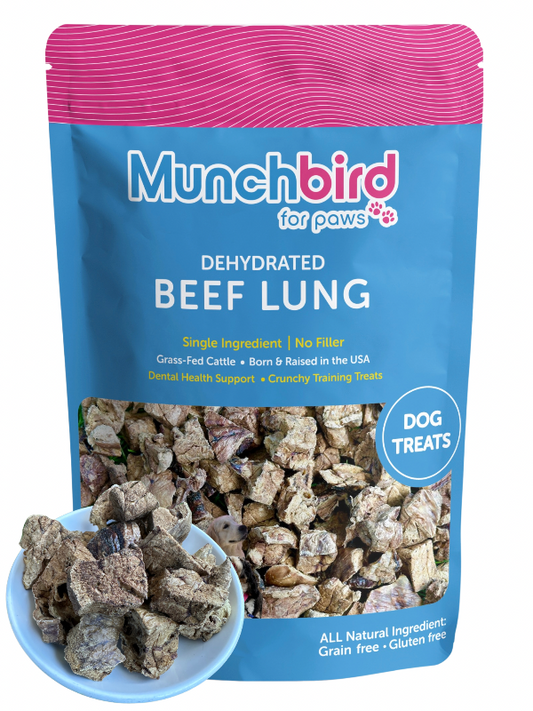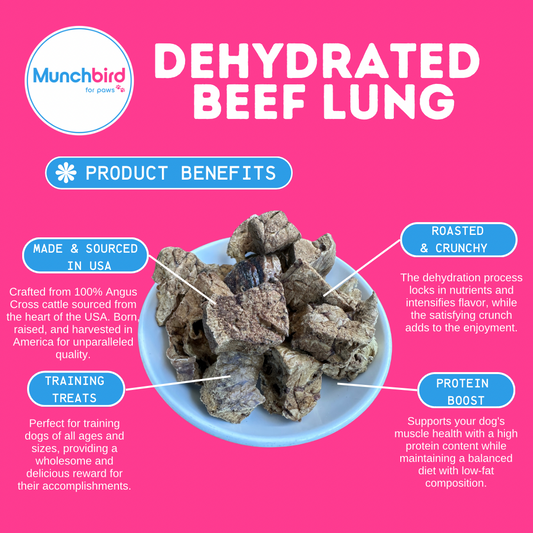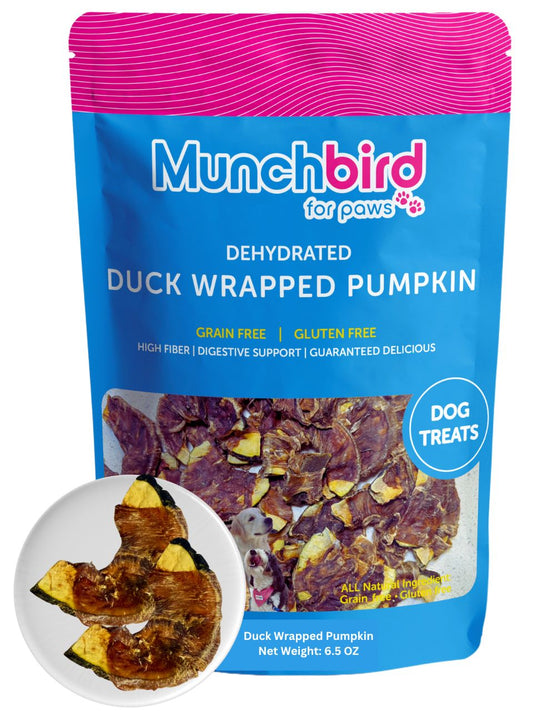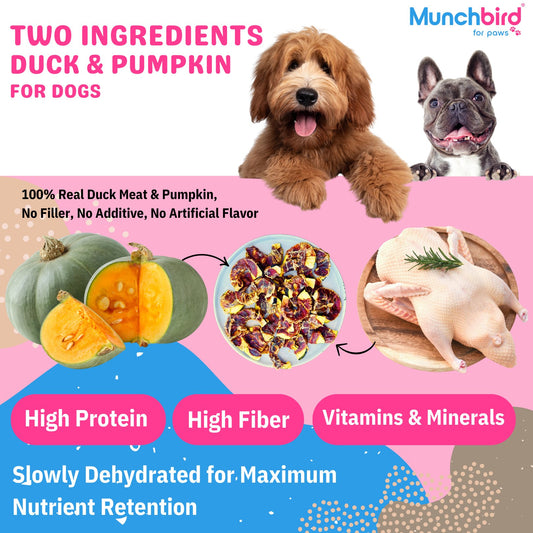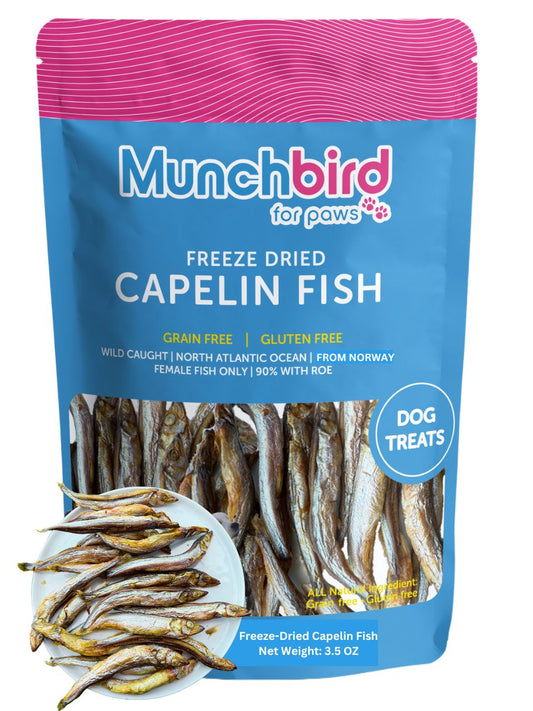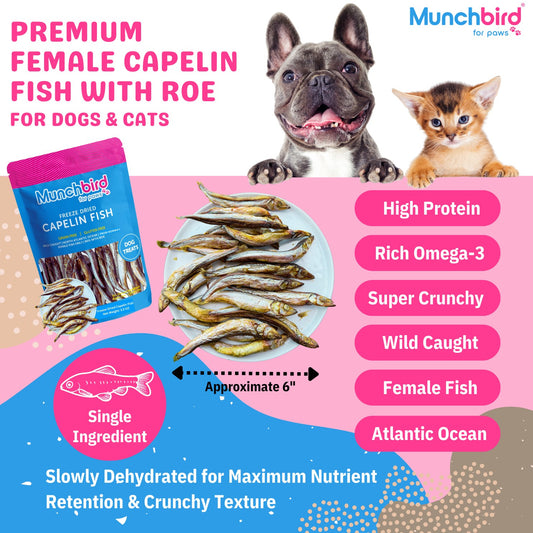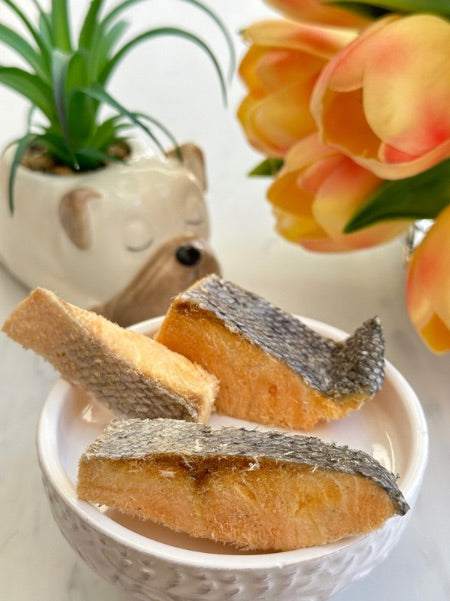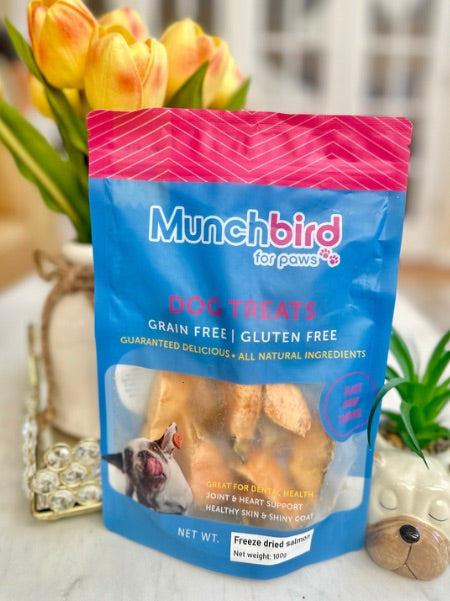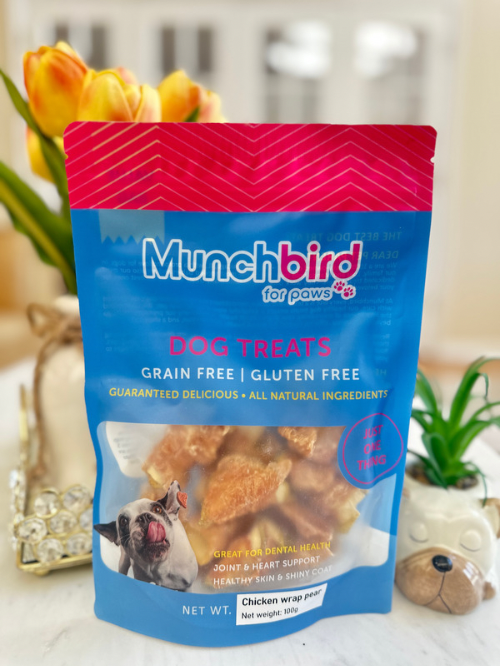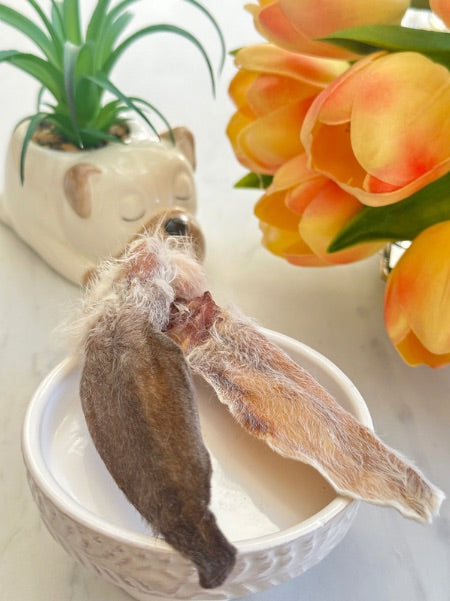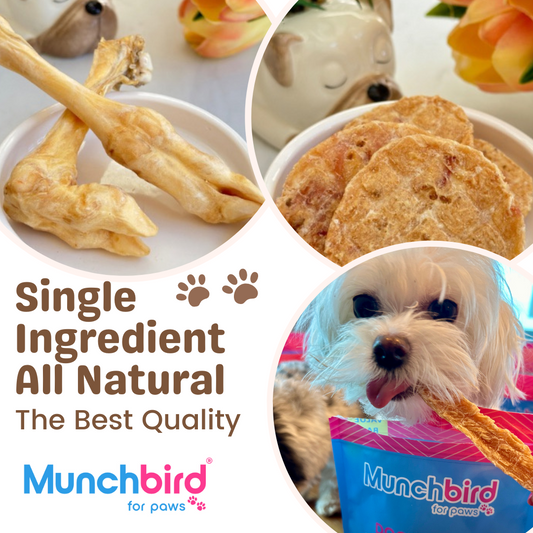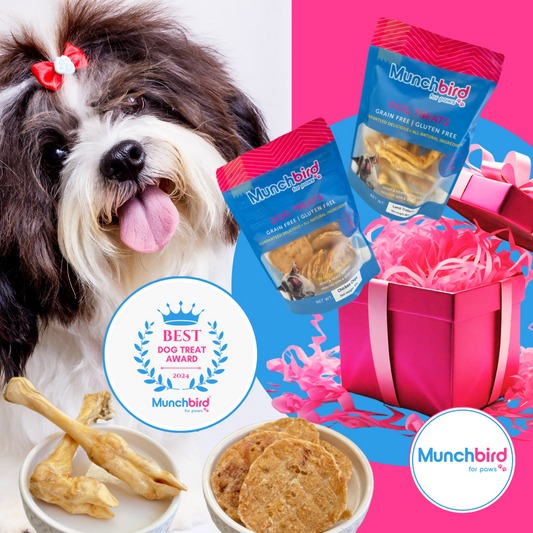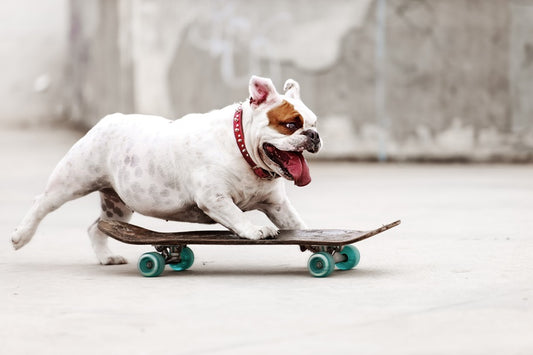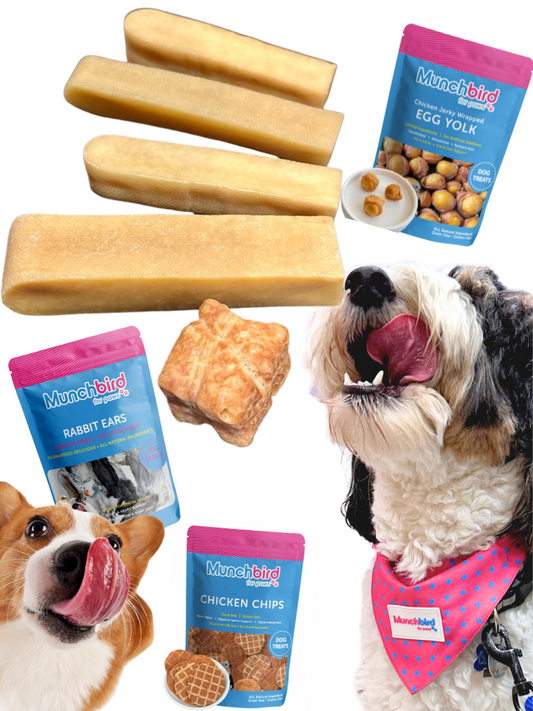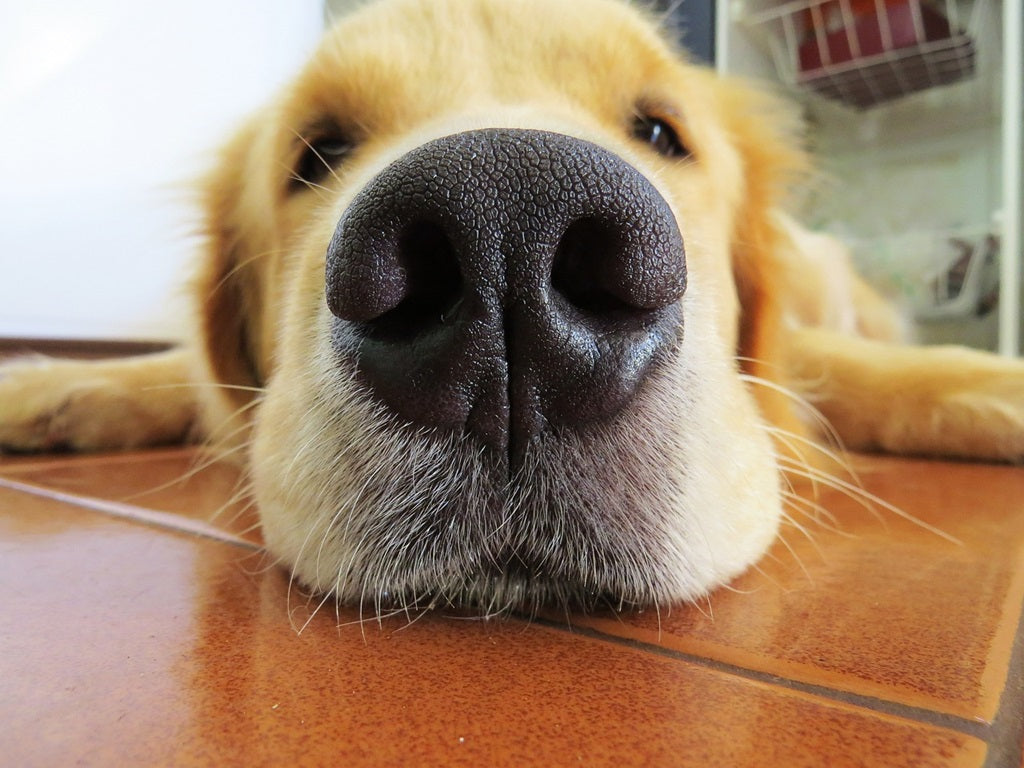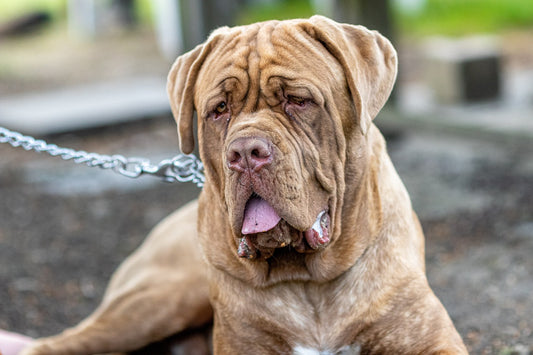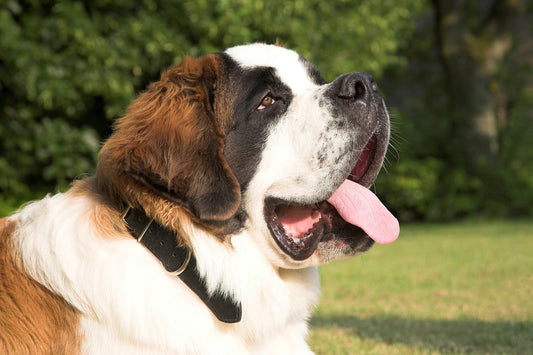Maltese dogs, with their flowing white coats and charming personalities, are beloved companions. As devoted pet parents, it's crucial to be aware of the common health issues that can affect these tiny wonders. In this comprehensive guide, we'll explore the 10 most common health problems in Maltese dogs, supported by specific numbers, data, and statistics, and provide insights on prevention and care. Additionally, we'll recommend products to help you ensure your Maltese's well-being.
10 Most Common Maltese Health Issues and Concerns

Maltese Tear Stain Problems
Maltese tear stain problems are common among this breed due to their fine, white fur and shallow eye sockets, which can lead to excessive tearing. Tear stains occur when tears overflow onto the fur around the eyes, creating a damp environment that promotes bacterial growth and staining. While tear stains themselves are not harmful, they can be unsightly and may indicate an underlying issue such as blocked tear ducts or allergies. To help prevent tear stains in Maltese dogs, it's essential to maintain good hygiene by gently wiping the area around the eyes with a damp cloth daily and keeping the fur trimmed. Additionally, feeding a high-quality diet that is free from artificial colors, preservatives, and fillers can help reduce tear staining. Foods rich in omega-3 fatty acids, antioxidants, and probiotics may also support eye health and reduce tear production. Consultation with a veterinarian is recommended to determine the best diet and approach for your Maltese's individual needs.
Other Most Common Maltese Health Problems:
1. Dental Problems:
- Statistics from the American Veterinary Dental Society show that approximately 80% of dogs, regardless of breed, develop dental issues by the age of three. Maltese dogs are no exception. Explore how to maintain their oral health with dental chews and recommended toothbrush and toothpaste.
2. Hypoglycemia:
- Maltese puppies are particularly susceptible to hypoglycemia. According to the American Kennel Club (AKC), up to 80% of Maltese puppies may experience low blood sugar levels during the first few months of life. Discover the symptoms and steps to manage this condition, along with nutrient-rich supplements.
3. Heart Problems:
- The Chihuahua Club of America reports that heart murmurs are relatively common in the breed, with approximately 10% of Maltese dogs being affected. Explore how to monitor their heart health and seek timely treatment when necessary.
4. Collapsing Trachea:
- Tracheal collapse can lead to coughing and breathing difficulties in Maltese dogs. The Merck Veterinary Manual states that this condition is prevalent in small breeds, and up to 12% of Maltese dogs may be affected. Discover ways to prevent and manage this issue, including using a soft harness and elevated food and water bowls.

5. Luxating Patella:
- Maltese dogs are prone to luxating patella, with up to 20% experiencing patellar luxation. The Orthopedic Foundation for Animals recommends joint supplements to support their joint health and emphasizes the importance of regular exercise.
6. Eye Problems:
- Cataracts and glaucoma are common eye issues in Maltese dogs. According to the Chihuahua Club of America, this breed is predisposed to eye problems, with cataracts being one of the most common issues. Learn how to care for their vision and when to seek veterinary assistance.
7. Allergies:
- Allergies in dogs are common, affecting around 10% of canines, as reported by the American College of Allergy, Asthma & Immunology. Maltese dogs are no exception. Explore potential allergens and methods to alleviate symptoms, including hypoallergenic dog food and antihistamines.
8. Obesity:
- Over 50% of dogs in the United States are overweight, as per statistics from the Association for Pet Obesity Prevention. Maltese dogs are not immune to obesity. Learn about their dietary requirements and exercise routines to prevent excess weight.
9. Respiratory Problems:
- Maltese dogs may experience respiratory issues due to their unique anatomy. Up to 50% of Maltese dogs may experience breathing difficulties. Discover how to support their respiratory health with the use of a humidifier and air purifier and consider consultation with a veterinary specialist if issues persist.

10. Portosystemic Shunt (Liver Shunt):
- Approximately 4% of Maltese dogs may be affected by portosystemic shunt, according to research from the Veterinary Medical Teaching Hospital at UC Davis. Learn about the symptoms and treatment options for this condition.
Conclusion: Caring for Your Maltese's Health: As responsible Maltese owners, it's crucial to be informed about the potential health challenges that our furry friends may face. By recognizing the most common health problems and following prevention strategies, we can provide the best possible care for our Maltese companions. Regular veterinary check-ups, a balanced diet, and a loving environment are key elements in ensuring a happy, healthy life for your Maltese.
By being proactive and informed, you can enjoy many years of love and companionship with your Maltese.
Here are some recommended brands and products to help prevent and manage common health problems in Maltese:
1. Dental Health:
- Dental Chews: Greenies Dental Dog Treats
- Dental Care Additive: TropiClean Fresh Breath Plaque Remover
- Toothbrush and Toothpaste: Virbac C.E.T. Enzymatic Toothpaste
2. Hypoglycemia Prevention:
- High-Quality Puppy Food: Royal Canin Maltese Puppy Dry Dog Food
- Nutrient-Rich Supplements: Zesty Paws Multivitamin Bites
3. Heart Health:
- Prescription Medication (if advised by a vet)
- Regular Veterinary Check-ups
4. Collapsing Trachea Management:
- Soft Harness: Puppia Soft Dog Harness
- Elevated Food and Water Bowls
- Avoid Collar Use: Use a harness instead of a collar to reduce tracheal pressure
5. Luxating Patella Support:
- Joint Supplements: Nutramax Cosequin Maximum Strength Joint Supplement
6. Hydrocephalus Management:
- Consultation and Treatment by a Veterinary Neurologist
7. Eye Care:
- Eye Drops (if advised by a vet)
- Regular Eye Check-ups
8. Allergy Management:
- Hypoallergenic Dog Food: Hill's Science Diet Dry Dog Food for Sensitive Stomachs
- Antihistamines (if advised by a vet)
9. Weight Management:
- Weight Control Dog Food: Hill's Science Diet Adult Perfect Weight Dry Dog Food
- Regular Exercise: Interactive Toys and Short Walks
10. Respiratory Support:
- Humidifier (to improve air quality)
- Air Purifier (to reduce allergens)
Consultation with a Veterinary Specialist (if respiratory issues persist)
Please note that it's essential to consult with a veterinarian for personalized recommendations and to discuss any specific health concerns your Maltese may have. These products can complement a comprehensive healthcare plan to keep your Maltese healthy and happy.
Other Topics:
| Are Salmon Dog Treats Good? Unveiling the Benefits and Considerations | https://www.munchbird.com/blogs/dog-treats/chicken-liver-treat-vs-beef-liver-treat-which-is-better-for-your-pup |
| Is Liver Treat Good for Dogs? Unveiling the Nutritional Benefits and Considerations | https://www.munchbird.com/blogs/dog-treats/is-liver-treat-good-for-dogs-unveiling-the-nutritional-benefits-and-considerations |
| Elegance in Every Bite: Tailored Nutrition for Your Beloved Maltese | https://www.munchbird.com/blogs/small-dog/elegance-in-every-bite-tailored-nutrition-for-your-beloved-maltese |
| Top-Rated Salmon Dog Treat Brands: Healthy Rewards for Your Pup | https://www.munchbird.com/blogs/dog-treats/top-rated-salmon-dog-treat-brands-healthy-rewards-for-your-pup |





